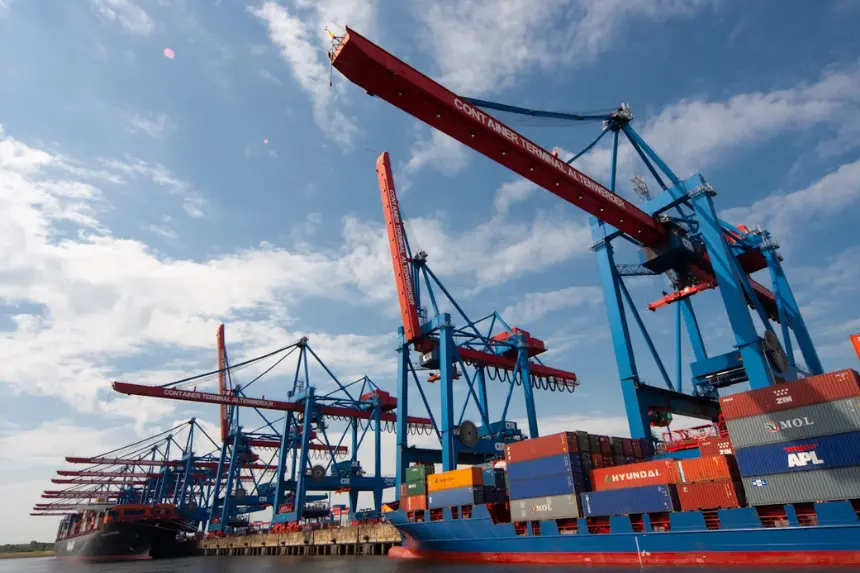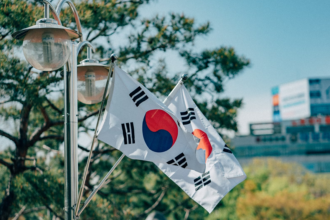Just as the deadline for new trade agreements is approaching, Trump is threatening Japan with a 35 percent rise in the tariffs that, indeed, marks a new high in the current trade row. This dramatic action has attracted international interest, and possibly it can leave an indelible mark on the relationship between the US and Japan, the nature of international trade, and the respective industries in both countries. The heat is getting increased with July 9 approaching, and Japan has a tough choice to make, in this case, a choice between negotiating under the threat of being hit by a high tariff increase.
- What provoked the threat of a Tariff to Japan?
- What has Japan done to Date?
- Why Is Rice Trade a Major Sticking Point in US-Japan Deal Talks?
- Would This Impress the World Trade climate?
- What will be the Effect of this on the U.S. and Japanese Businesses?
- How would that turn out in the case of a deal being struck?
- Are Other Countries Rethinking Trade Talks with the US?
- Final Thoughts
What provoked the threat of a Tariff to Japan?
The latest threat was announced when President Trump was aboard Air Force One when he spoke in doubting that it is possible to strike a deal with Japan. He threatened to introduce tariffs on Japanese goods as much as 30 percent or 35 percent if a settlement is not achieved, which is significant compared with the 10 percent that has been charged on most exports.
Those are the first warnings of Trump, who announced the Liberation Day on April 2 and imposed extensive import duties in several countries. At the point when Japan was first attacked with the price of 24% booty, this was consequently dropped down to 10 percent within within 90 days as a way of providing time to negotiate. As that pause runs out, the conflict is escalating rapidly. Here is the link to our article on the Trump Tariff Deal
What has Japan done to Date?
The official attitude of Japan has been cautious and reserved. Government leaders have refused to make direct responses to the last remarks of Trump. But Chief Cabinet Secretary of Japan, Yoshimasa Hayashi, said the nation would not back down on anything that would undermine its local farmers-which represents a move of serious opposition to a rapid agreement at the expense of the domestic people.
Japan is now under various U.S. import tariffs: a 10 percent tariff on general goods, a 25 percent tariff on vehicles and parts, and a 50 percent tariff on steel and aluminum. Further increments at 35% and above would cause significant economic harm to Japanese exporters.
Why Is Rice Trade a Major Sticking Point in US-Japan Deal Talks?
One of the largest areas of contention seems to be agricultural commerce, mainly rice. Trump attacked Japan because it was not willing to import American rice even when the country had a shortage in the country. In this argument, he said that nations such as Japan have become overly reliant in terms of desirable trade conditions with the United States, and a balance should exist.
His remarks are part of a larger effort to reorganize trade deals in a manner that puts emphasis on American industries. It is a key aspect of the trade policy suggested by Trump in an attempt to decrease deficit levels and boost exports by the U.S. Here is the link to our article on Trump Tariff Defense.
Would This Impress the World Trade climate?
Absolutely. When Trump threatens to increase tariffs on Japan, it sends tremors in the economy of the world economy. Japan is the third-biggest economy in the world and an important U.S. partner. The growing tension between the two countries may halt supply chains, raise consumer prices, and cause insecurity in the global markets.
Further, such action might convince other nations to postpone or quit trade negotiations with the U.S. over fear of such a brutal approach. It also forms a precedent that a deal has to come in the shadow of punishment, rather than a mutual understanding.
What will be the Effect of this on the U.S. and Japanese Businesses?
American companies importing goods from Japan will experience high prices when the tariffs are tightened by their manufacturers, car companies, electronics, parts industries, etc. This, on the other hand, can cause the respective rise in consumer prices or a decrease in the competitiveness of the international markets.
The stakes are higher for Japanese companies. Car manufacturers and technology companies rely largely on the American market, and imposing a 35 percent tariff may provoke a radical reorganization or export of production plants. The ripple effect might result in employment and a decrease in exports.
How would that turn out in the case of a deal being struck?
Unless an agreement is reached between Japan and the U.S before 9 July, the suspension of increased tariffs will lapse. By that time, the administration can proceed with the pending imposition of a tariff rate of 30-35%. Trump has already mentioned that extension of the deadline is not on his mind.
Such a situation would cause Japan and other countries involved to retaliate using tariffs, and consequently, there will be e tit-for-tat trade war. There is the danger of war of trade war, the consequences of which may be extremely big for both economies.
Are Other Countries Rethinking Trade Talks with the US?
Other countries abroad are evaluating the strategy by Trump, which is yet to finalize negotiations of trade with the U.S. By the end of these 90 days, a deal has been clinched only by the United Kingdom. Other countries like South Korea, Canada, and Germany may not be willing to involve themselves now, ow fearing that they would be in similar situations where they are charged with high tariffs.
Trump has chosen to raise the stakes of tariffs, indicating that his administration would be less likely to use diplomacy to accomplish its goals. Although this position might be a short-term incentive, it might eventually destroy long-term coalitions and destabilize the trading conditions on the global market.
Final Thoughts
It is not simple that Trump threatens Japan with tariff hikes of up to 35 percent; it is a dramatic geopolitical event with far-reaching implications. With the deadline fast approaching, Japan faces a difficult choice between securing a rapid agreement and protecting its local industries.
Meanwhile, the U.S. is walking a tightrope between pursuing national interest and risking long-standing trade partnerships. This standoff will not only shape the future of U.S.-Japan trade but also send a global message about what to expect when Trump threatens Japan with tariffs as a negotiation tactic.








